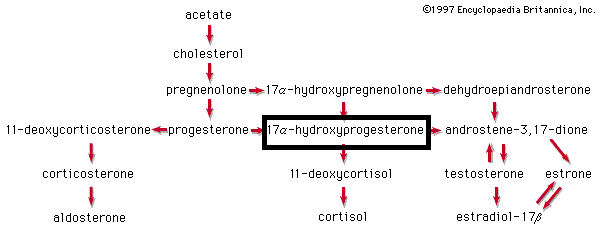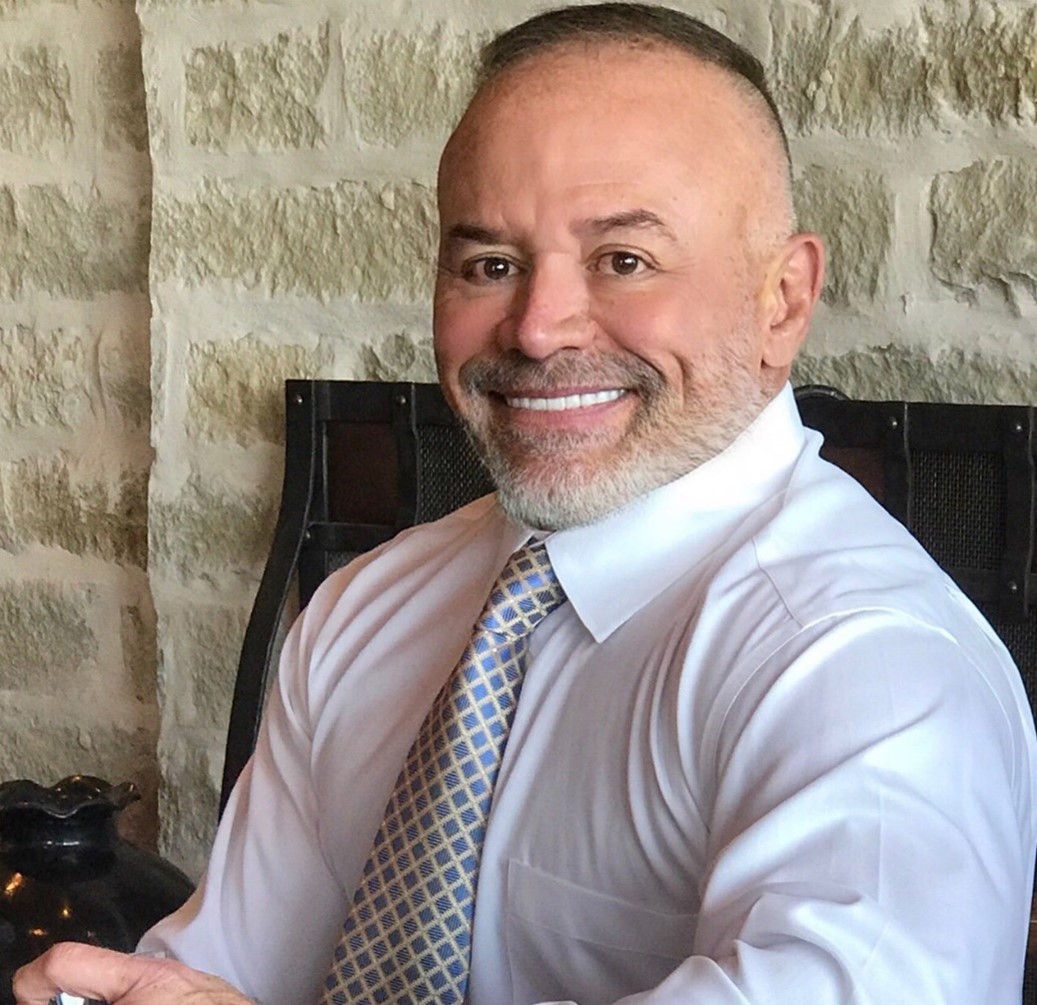HCG Use in Men on Testosterone: How to Determine the Right Dose

Testosterone Replacement Therapy (TRT) is a commonly used treatment to enhance the testosterone levels in the blood. However, it can paradoxically lead to a decrease in the level of testosterone inside the testicles (Intratesticular testosterone or ITT), which is essential for healthy sperm production1. The reduction in ITT is a consequence of the decreased levels of two gonadotropins, luteinizing hormone (LH) and follicle-stimulating hormone (FSH), induced by TRT. The fall in LH and FSH, in turn, suppresses ITT and sperm production. The result is that some men using TRT may face fertility issues.
The Role of Human Chorionic Gonadotropin
Research has demonstrated that supplementing TRT with human chorionic gonadotropin (HCG) can potentially restore normal ITT and sperm production in certain men, particularly younger men and those with shorter pre-exposure to testosterone2. However, the optimal dosage and frequency of HCG varies across individuals.
Using 17-OH-Progesterone Blood Test to Optimize hCG Dose
Determining the effectiveness of the HCG dosage can be gauged through a sperm count/quality test (requiring a wait period of 3 months) and/or by measuring the level of an upstream hormone to testosterone called 17-hydroxyprogesterone (17OH-P). TRT reduces 17OH-P and other upstream hormones due to the shutdown of LH production. As HCG mimics LH, its combination with TRT may normalize upstream hormones such as 17OH-P3.
Several studies suggest that the 17OH-P blood level is correlated to ITT, thus testing for this hormone can be time-saving in adjusting HCG dosage while waiting for the 3-month sperm test4. Furthermore, the 17OH-P test may remove the necessity of conducting testicular aspirations to measure ITT, a complicated procedure usually reserved for research settings.
Research has found that a 17OH-P level greater than 6.5 nmol/L (or 215 ng/dL) can normalize ITT with the use of HCG dosages of 500 IU every other day plus testosterone enanthate injections given at 200 mg/week5. However, it is only through testing sperm count/quality after 3 months of HCG initiation that the effectiveness of HCG can be definitively assessed.
Considerations for Older Men and Long-term TRT Users
Men who are older or have a longer duration of exposure to TRT may have a diminished response to HCG. These individuals might require combination approaches, incorporating medications such as clomiphene and/or FSH (follicle-stimulating hormone).
In conclusion, while TRT can decrease ITT and sperm production, adjunct therapy with HCG and monitoring with 17OH-P blood test can help to optimize hCG dosing and potentially restore fertility in some men.
BUY 17-OH-PROGESTERONE TEST HERE
Video Transcript:
How to Use HCG with Testosterone To Preserve Fertility, Libido and Testicle Size
Hi everyone, Nelson Vergel here from ExcelMale.com. Today, I will be delving into the use of human chorionic gonadotropin (hCG) alongside testosterone replacement therapy (TRT).
TRT is a common treatment for men with low testosterone levels and can be administered through prescribed gels such as AndroGel or Testim, or through injections of testosterone cypionate or enanthate. While replenishing testosterone levels comes with many benefits, it has certain disadvantages as well.
Understanding the Downsides of Testosterone Replacement Therapy
One major drawback of TRT is that it can effectively shut down your body's natural production of testosterone. Leydig cells in your testicles, which are responsible for testosterone production, can become dormant once you start using testosterone gels or injections. This can lead to testicular atrophy, causing your testicles to shrink over time. This shrinkage can often be reversed, but it may impact your fertility and sperm count, making it difficult to conceive.
Furthermore, some men report a decrease in the efficacy of TRT over time, particularly in its ability to boost sex drive. Some men even report a decrease in penile sensitivity.
Introducing hCG to Your TRT Protocol
This is where hCG comes into play. This legal, prescription peptide has been somewhat maligned due to its association with unsupported hCG diets, but it can significantly improve fertility and testicular size in men on TRT. It also boosts sex drive and penile sensitivity.
Most clinics tend to prescribe hCG in two or three injections per week, along with once or twice weekly testosterone injections. However, five injections per week can seem daunting.
Streamlining the TRT and hCG Protocol
To simplify the process, I have designed a protocol involving only two injections per week, with both hCG and testosterone combined in the same syringe.
For this, you'll need a small, 27-gauge half-inch insulin syringe which is available online without prescription. You also need alcohol swabs to clean the vials and your skin.
Preparing Your Injection
Firstly, prepare your testosterone cypionate or enanthate injection. These usually contain 200mg per ml, with a total of 10ml per vial. Depending on the severity of your low testosterone, you may require anywhere between 100 to 250mg per week. I personally use 100mg per week, split over two injections.
Next, prepare your hCG injection. hCG usually comes in a vial of 11,000 units in powder form, with accompanying bacteriostatic water. Each ml of your prepared solution will contain 2,000 units of hCG. I recommend injecting 500 units twice a week.
How Do You Know Your Dose is Right?
You might ask, how can you determine the right dose? Usually, within two or three weeks, if your testicles feel fuller and your sex drive is heightened, you're on the right track. Fertility improvements may take a bit longer to assess.
The Injection Process
Now, let's get into the process of injecting. Simply draw 0.25ml of each product into the syringe, for a total of 0.5ml. Remember, testosterone is oil-based and hCG is water-based, so they won't combine in the syringe. Then, using a clean alcohol swab, sanitize the injection site and insert the needle at a 90-degree angle.
And there you have it. A simple twice-weekly injection combining both TRT and hCG.
I hope this tutorial proves useful and helps simplify your TRT and hCG protocol. Remember to stay tuned for more videos and feel free to register and ask any questions on ExcelMale.com. Thank you.
RESOURCES:
For more information on the use of HCG to prevent/reverse testicular atrophy & infertility, and to improve libido in men on TRT, please click here
HCG and Trimix Support Program for Men Already on TRT

Footnotes
-
Handelsman, D. J. (2013). Global trends and demographics in male hypogonadism. Asian journal of andrology, 15(3), 291–298. https://doi.org/10.1038/aja.2012.152 ↩
-
Hsieh, T. C., Pastuszak, A. W., Hwang, K., & Lipshultz, L. I. (2013). Concomitant intramuscular human chorionic gonadotropin preserves spermatogenesis in men undergoing testosterone replacement therapy. The journal of urology, 189(2), 647–650. https://doi.org/10.1016/j.juro.2012.09.043 ↩
-
Rove, K. O., Crawford, E. D., & Perachino, M. (2011). Testosterone replacement therapy: role of pituitary and thyroid in diagnosis and treatment. Translational andrology and urology, 5(6), 850–858. https://doi.org/10.21037/tau.2016.09.01 ↩
-
Depenbusch, M., von Eckardstein, S., Simoni, M., & Nieschlag, E. (2002). Maintenance of spermatogenesis in hypogonadotropic hypogonadal men with human chorionic gonadotropin alone. European Journal of Endocrinology, 147(5), 617-624. https://doi.org/10.1530/eje.0.1470617 ↩
-
Coviello, A. D., Matsumoto, A. M., Bremner, W. J., Herbst, K. L., Amory, J. K., Anawalt, B. D., ... & Bhasin, S. (2005). Low-dose human chorionic gonadotropin maintains intratesticular testosterone in normal men with testosterone-induced gonadotropin suppression. Journal of Clinical Endocrinology & Metabolism, 90(5), 2595-2602. https://doi.org/10.1210/jc.2004-0802 ↩








